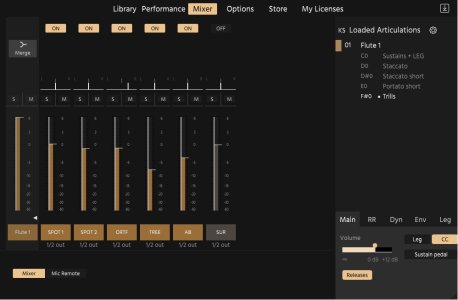PaulieDC
Too much gear, not enough composing. Oy vey.
I'm with you on more sample layers, some of my instruments/articulations that have 3 almost make you jump when the next one kicks in, lol. That's OT and Spitfire in my world.Yeah, I’m sorry, dynamics are so very important. That’s why I dislike sample libraries. I needed to get a Tom part right for a scene and somehow (don't ask me how?) we ended up with Tom’s from Albion 2? I think and I kept trying to get a nice smooth rise in dynamics. But what was I thinking? I think they were only like two dynamic levels. I don't know what we ended up with but you can never have enough dynamics when you really need them. And no please just raising or lowering the volume is not the same. But you guys both have a great points.
At this point you'd think 5 dynamic layers (as in AROOF) would be the standard. We have access to 2TB and 4TB drives now that don't need a mortgage, a PCIe 4.0 2TB drive is about $159, so if "drive space" is holding back library makers from doing that, then release a light version for those who will need a little time or an upgrade to get huge drives, and then give the big kahuna to us who will jump at more dynamic layers. I realize this applies to new sample recordings going forward, but let's up the game. I didn't even realize AROOF had 5 (in some, maybe not all) until I saw Blakus do a review on the main library, and he pointed that out. You'd think that Spitfire would have shouted that from the rooftop. Do the sample creators not understand how big of a feature that is? Maybe I'm just not understanding all this, if I'm off the mark, feel free to whack me with a Nerf Bat.


 )
)
 ) I took a second listen to the great examples posted by
) I took a second listen to the great examples posted by 
